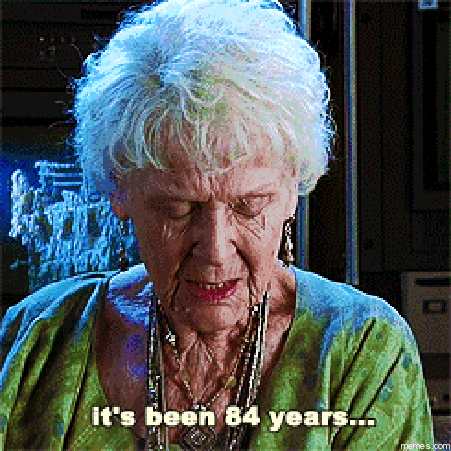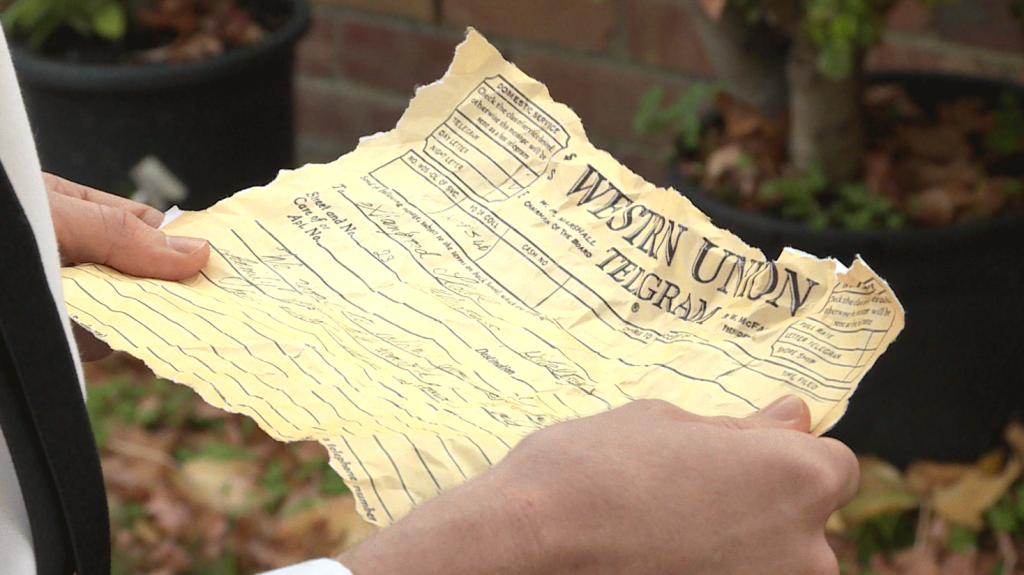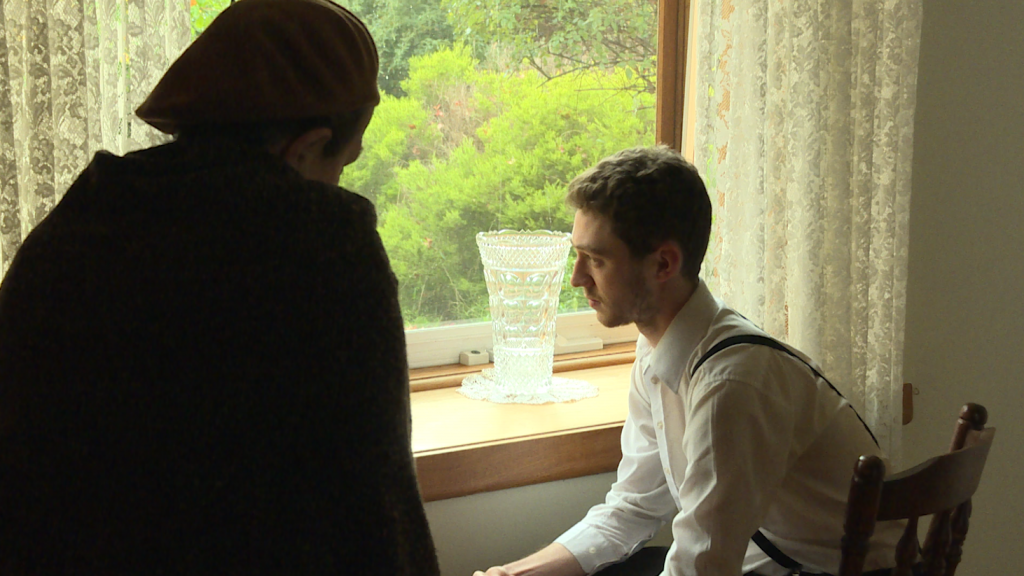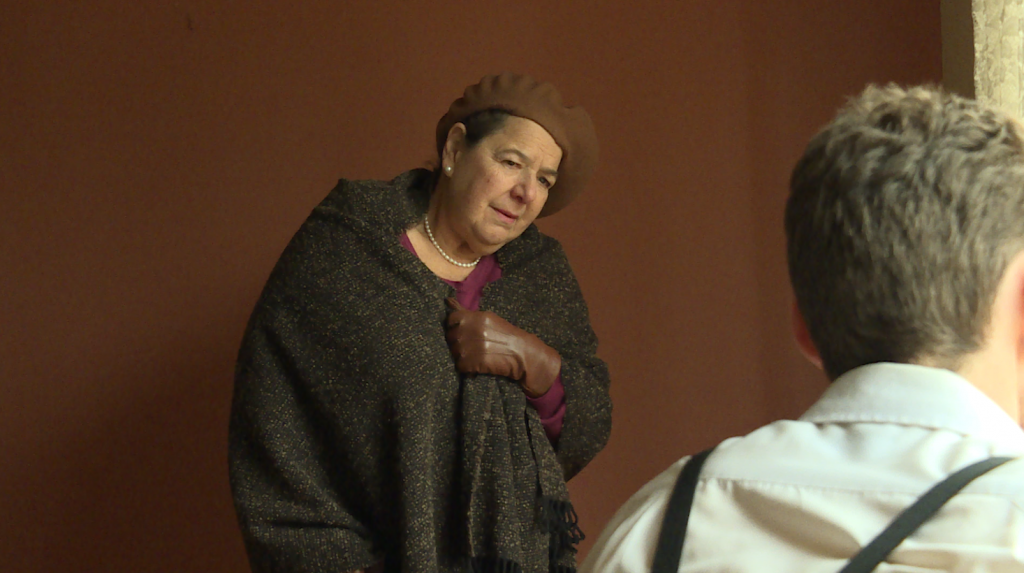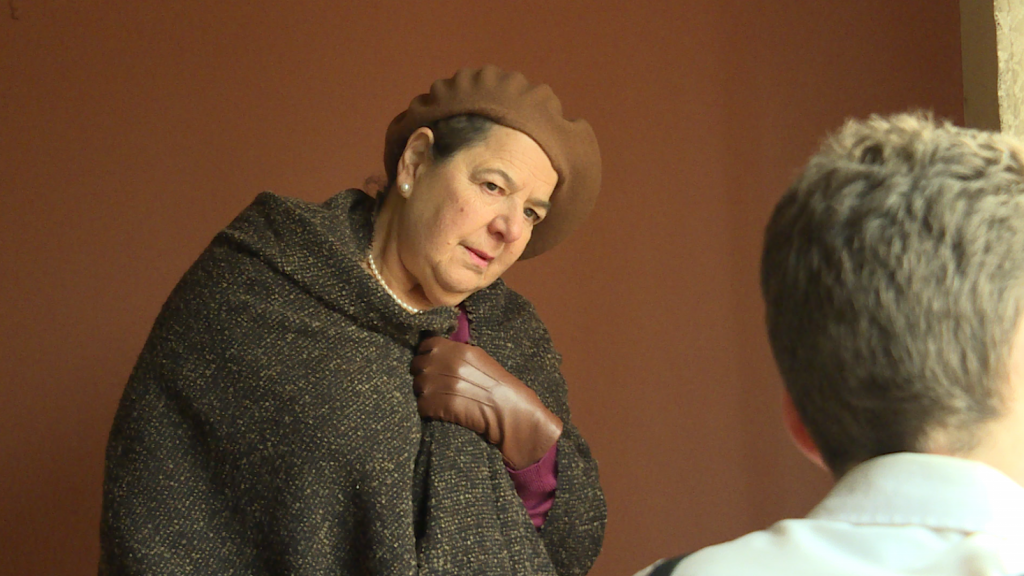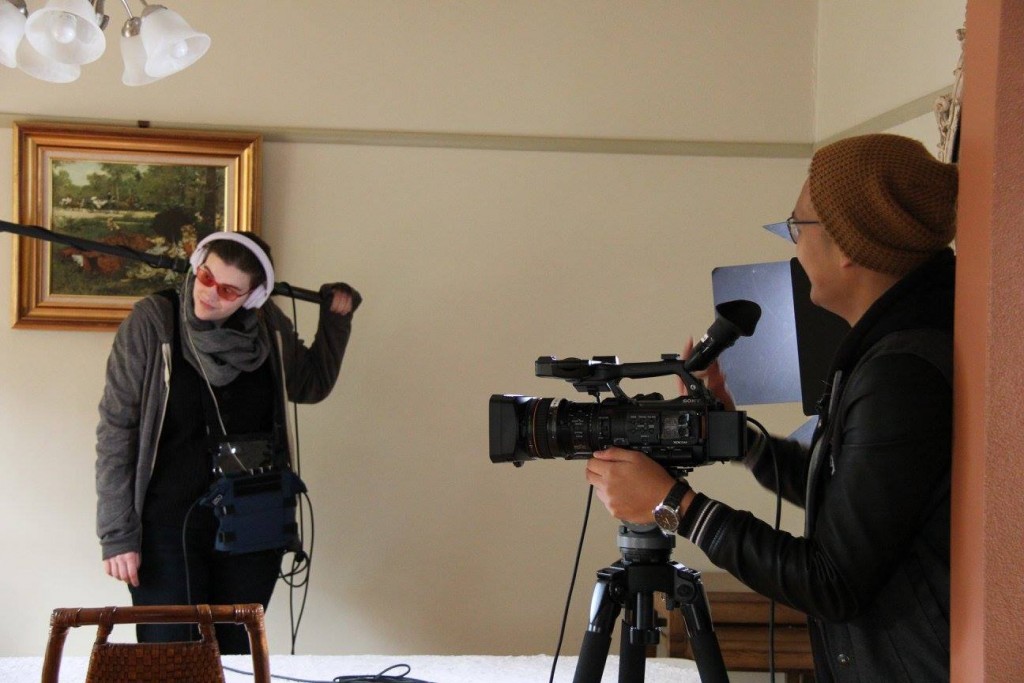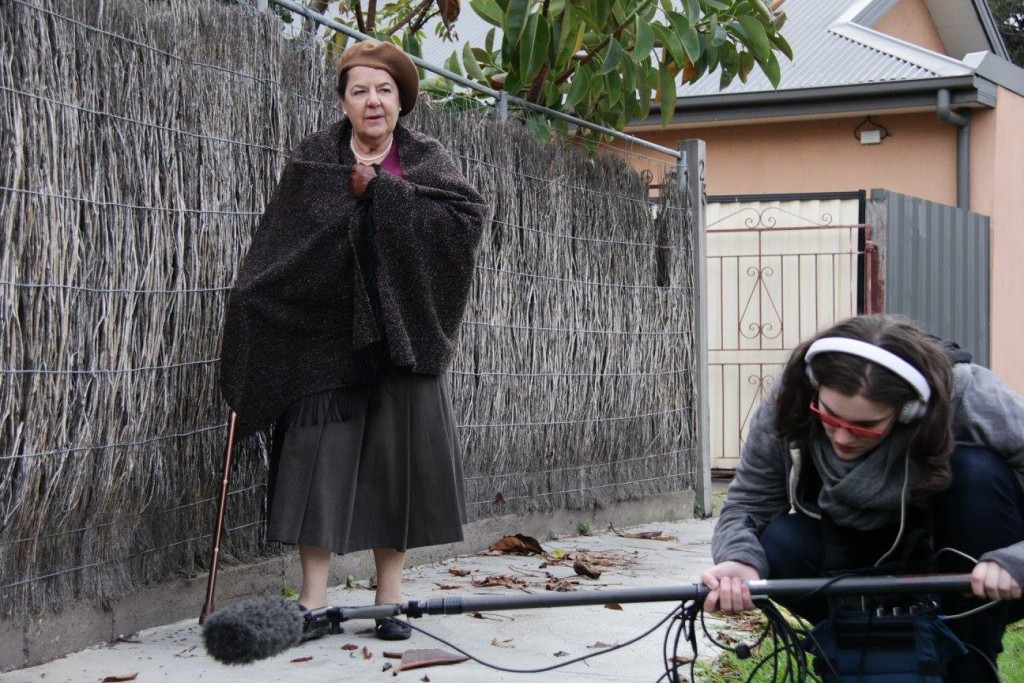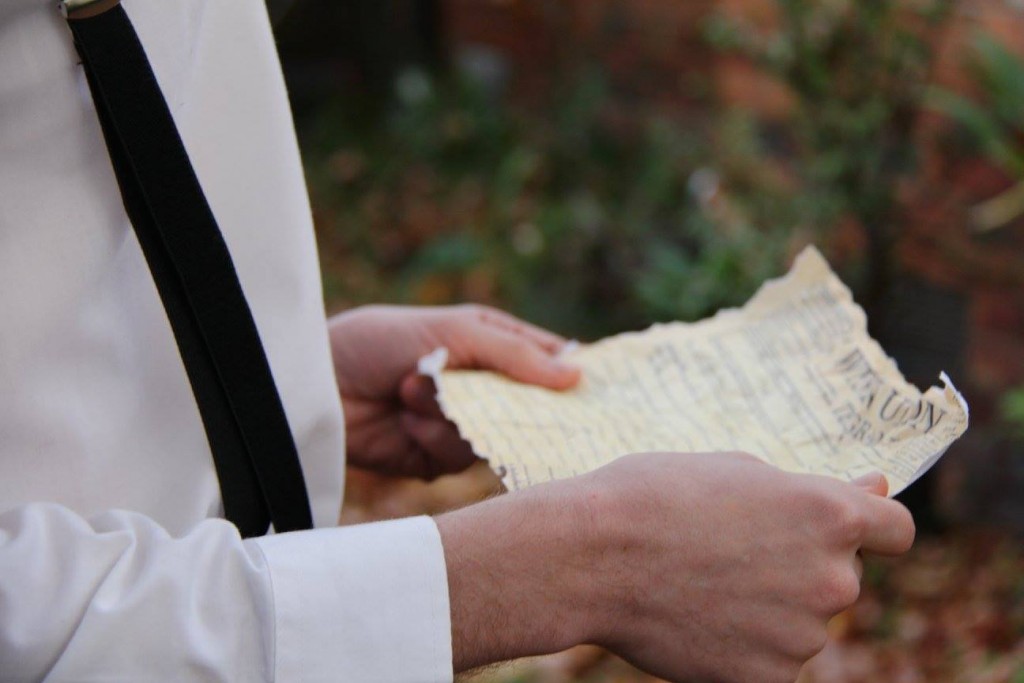As promised, I return with a tag – #ScreenFutureShip – (I can be clever) to document, chronicle and digitally immortalise my internship adventures here.
Screen Futures is an international conference and forum for industry professionals, educators and academics interested in the future of the screen in 2016.
It will be a dynamic three days packed with insightful and provocative discussion around:
- screen education,
- screen innovation, and
- the screen industry.
The Youth Media Festival will run concurrently with the summit throughout Saturday 2 July.
It will be programmed by and for young content makers and students working in film, television, radio, games and online spheres. It aims to provide participants a forum to share ideas and network, as well as gain new skills and knowledge in screen media. The festival will create an opportunity to crew on a live media event and the Media Careers Expo will open up pathways and career possibilities in a range of media professions.
The Internship runs from 22 June to roughly 4th of July (Happy Freedom, ‘merica!). Today’s shenanigans involved meeting the team and the faces behind the ghostly e-mails of hello’s and back and forth relaying of info. Verdict: very welcoming, very charming. The Screen Futures team are bursting with a mapped-out, very informed, blueprint of what they want and expect from us, passion and excitement for the summit and festival themselves, and an encouraging attitude to help us grow and learn as much as possible whilst on the job.
My desire for this internship is not only to work with like-minded fellow interns and a power-house team to capture the summit’s festivities, but to also exercise flexibility, state and strength of mind, initiative, and power-forward, driven thinking to maximise my own creativity and organisation across this particular area of event-based media production.

I’ve articulated a number of times of my deep desire to focus on writing, directing, and producing in the area of Film and Television more so than anything else. Though I am also a Social Media junkie and loves the blast of pop-culture on one’s Melbourne-wintered face, event-based production has not crossed my mind as an immediate prospect of interest. This is the beauty of my “vague”, more general Media and Communications degree: opportunities to reconnoitre the ever-expanding mediascape.
In this particular internship, I can very well ascribe some of my experiences in producing for shows and film with skills such as: tabulation and cataloguing of information, team-reliant communication, filming, editing and photography, and a tonne more, I’m sure. What I gain back is the chance to work in an environment independent from but also juxtaposed, in its filming methods.
I believe that the challenge lies in the direct filming of each Keynote event and Breakout sessions throughout the Summit and Festival. Why? Because you don’t have a script to go off to. You don’t have a 1st AD yelling numbers and frames and lenses at your poor unfortunate ear. As a director and editor, you find that these constraints (or lack thereof, depending on how you look at it) stretches not only your artistry, but also your technical prowess. How do you handle the challenge of, liberally-speaking, the almost abstract concept of capture and edit on the go?
Find out on the next episode of Naruto Shippuden!
– jokes.
Find out the answers with me next time!



